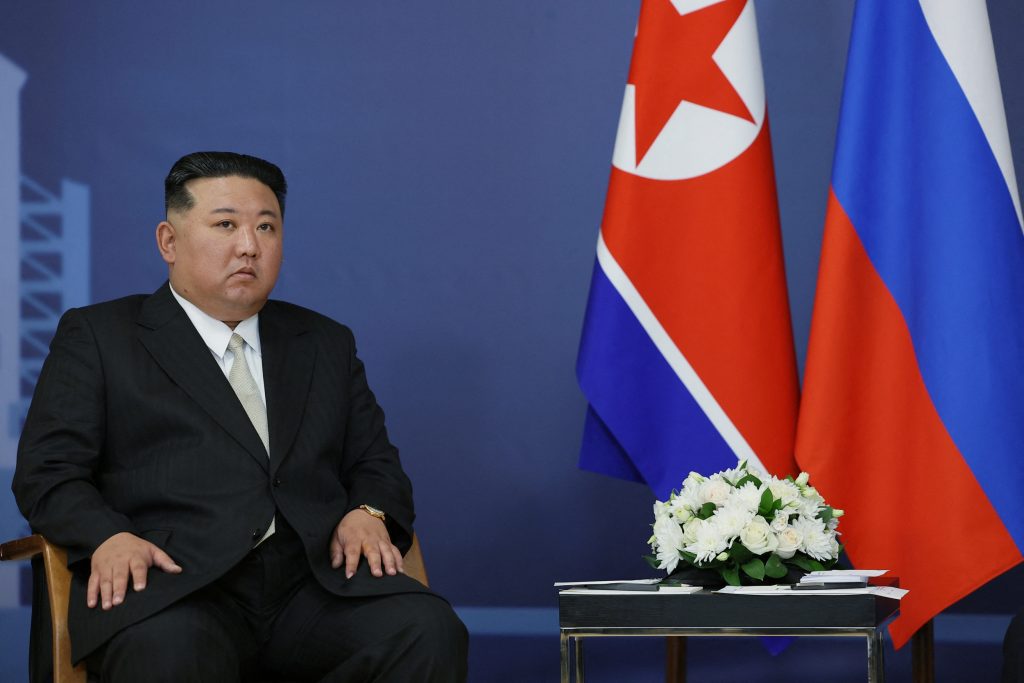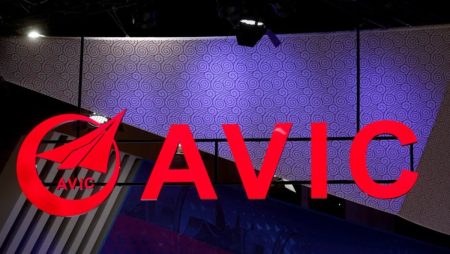North Korea’s Nampho Port Expansion: A Deeper Dive into Implications and Motivations
New satellite imagery analysis by 38 North, a program of the Stimson Center think tank, reveals ongoing expansion activities at North Korea’s Nampho port, raising concerns about the regime’s intentions and potential impact on regional stability. Nampho, the country’s largest commercial port, plays a crucial role in North Korea’s economic and military activities. Located on the west coast, it serves as the primary gateway for trade with China and other Asian nations, facilitating the import of essential goods, including fossil fuels, and the export of North Korean products. The port also possesses shipbuilding and repair capabilities, including the capacity to construct warships, a fact underscored by recent state media revelations of a new warship under construction at the site. The observed expansion efforts, therefore, hold significant implications for North Korea’s economic resilience, military capabilities, and potential circumvention of international sanctions.
The recent satellite images, captured by Airbus Defense and Space, showcase a flurry of construction activities at Nampho. A prominent addition is a newly completed shipbuilding hall, potentially enabling the construction of larger vessels, further bolstering North Korea’s naval capabilities. Accompanying this are several other structures whose purpose remains unclear but suggests a broader effort to enhance the port’s overall functionality. The near-completion of filling in a secure boat basin hints at plans for further development in the area, perhaps for additional docking facilities or other maritime infrastructure. The expansion of existing wharves with new piers points to a concerted effort to increase the port’s capacity to accommodate more vessels, likely in anticipation of increased trade or naval activity.
Further strengthening the port’s capacity to handle energy imports is the addition of four new petroleum, oil, and lubricants (POL) storage tanks, with foundations laid for potentially two more. This is particularly significant given the United Nations sanctions imposed on North Korea, which aim to restrict the country’s access to refined petroleum products. The increased storage capacity could allow North Korea to stockpile larger quantities of fuel, potentially mitigating the impact of sanctions and enabling greater operational flexibility for its military and civilian activities. Moreover, increased activity at the commercial container port, compared to previous satellite imagery, suggests a potential surge in trade, which could further bolster North Korea’s economic resilience in the face of international pressure.
The expansion of Nampho port aligns with North Korea’s stated emphasis on developing its shipbuilding industry and strengthening its naval forces. As noted by Joseph Dempsey, a research associate at the International Institute for Strategic Studies, North Korean official statements have increasingly highlighted the importance of acquiring larger warships. However, the strategic rationale behind this investment remains debatable, particularly given North Korea’s limited need for power projection beyond its immediate region. While modernizing its aging fleet is undoubtedly a priority, the pursuit of large surface combatants seems less crucial for a country primarily focused on coastal defense and regional deterrence. This raises questions about the regime’s long-term maritime ambitions and the potential strategic implications for regional security.
The expansion at Nampho port carries several significant implications. Primarily, it raises concerns about North Korea’s ability to circumvent international sanctions, particularly those related to the import of refined petroleum products. The increased storage capacity and potential for increased shipping activity could facilitate the illicit import of fuel, exceeding the U.N.-imposed caps. This undermines the effectiveness of sanctions and poses a challenge to the international community’s efforts to curb North Korea’s nuclear weapons program. Furthermore, the expanded shipbuilding capabilities at Nampho could accelerate the modernization of North Korea’s navy, potentially leading to the deployment of more advanced and capable warships. While the strategic value of such vessels is debatable, they could enhance North Korea’s coastal defense capabilities and contribute to regional instability.
Looking ahead, the continued expansion of Nampho port warrants close monitoring by the international community. The potential for increased sanctions evasion and the development of more sophisticated naval capabilities pose significant risks to regional security. Furthermore, the expansion highlights the challenges in effectively implementing and enforcing sanctions against North Korea. The regime’s determination to enhance its economic and military capabilities, despite international pressure, underscores the need for a comprehensive and coordinated approach to address the North Korean nuclear challenge. This includes strengthening existing sanctions regimes, enhancing surveillance and monitoring efforts, and pursuing diplomatic avenues to denuclearize the Korean peninsula. The developments at Nampho port serve as a stark reminder of the ongoing challenges and the need for continued vigilance in dealing with North Korea.










